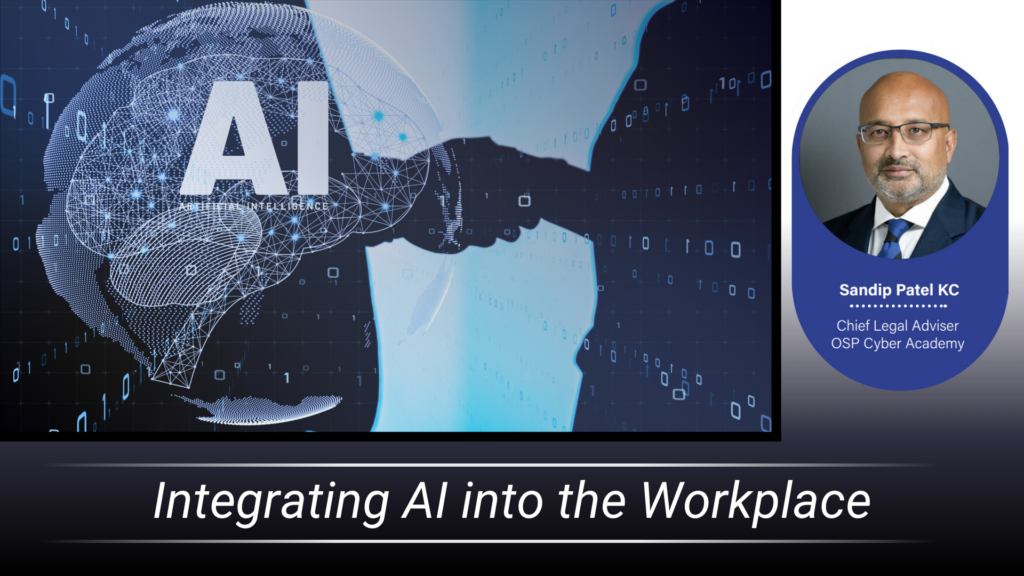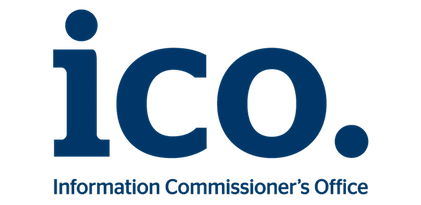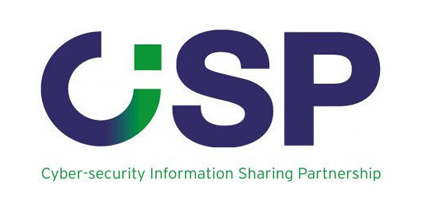Artificial Intelligence (AI) is revolutionising the workplace, bringing both opportunities and challenges. As organisations look to leverage AI to enhance efficiency and innovation, it’s crucial to approach this transition thoughtfully and inclusively. Here, I outline key considerations for successfully integrating AI into your workplace, based on my extensive experience and observations in this dynamic field.
Assessing the Need for AI
The first step in introducing AI into the workplace is a thorough needs assessment. Identify specific business needs and pain points that AI can address. For instance, Ocado, an online grocery retailer, optimised its warehouse operations and improved order accuracy through AI. Similarly, AI[1]driven predictive maintenance at Shell has significantly enhanced the efficiency of oil rigs.
Engaging Stakeholders
Engaging stakeholders from the beginning is vital for securing buy-in and support. Involve key stakeholders, especially employees, early in the process. McDonald’s, for example, engaged its employees when implementing AI in drive-throughs, resulting in improved customer service efficiency.
Pilot Programs
Implementing a small-scale pilot program allows organisations to test AI tools in a controlled environment. This approach helps identify potential issues and gather valuable feedback before a full-scale rollout. Shell’s predictive maintenance program on oil rigs is a testament to the effectiveness of pilot programs.
Training and Education
Comprehensive training programs tailored to different employee groups are essential. Employees need to understand how to use AI tools effectively and how these tools will impact their roles. AT&T, for instance, provided extensive training to help employees adapt to AI tools, ensuring a smooth transition.
Integration with Existing Systems
Seamless integration of AI tools with existing workflows and IT infrastructure is crucial. Collaborate closely with IT departments to ensure compatibility and avoid disruptions. Microsoft faced significant integration challenges but overcame them through close collaboration with their IT team.
Change Management
Effective change management involves clear communication about the benefits and expectations of AI. Address employees’ concerns about job security by reassuring them that AI is a tool to enhance their roles, not replace them. Siemens, for example, used workshops and informational sessions to engage employees before deploying AI.
Continuous Monitoring & Evaluation
Continuously monitor the performance of AI tools and gather feedback for improvements. IBM regularly refines its Watson AI through continuous monitoring, ensuring its effectiveness in various applications.
Addressing Common Challenges
Resistance to Change:
Fear of job displacement is a common concern among employees. Engage employees early, listen to their concerns, and communicate the benefits of AI clearly. Siemens’ use of workshops to engage employees is a good practice.
Lack of Technical Expertise:
Provide targeted training and support. Starbucks brought in AI specialists to help integrate AI into customer service and operations, ensuring employees had the necessary expertise.
Data Privacy and Security:
Implement robust data governance policies and ensure compliance with relevant regulations to protect sensitive information. In the legal field, for example, it’s crucial to use AI tools like ChatGPT without compromising professional regulations.
Integration Issues:
Work closely with IT to ensure AI tools are compatible with existing systems. Microsoft’s collaboration with their IT department to overcome integration challenges is a notable example
Unrealistic Expectations:
Set realistic goals and manage expectations by clearly communicating what AI can and cannot do. Netflix managed expectations about its recommendation engine’s capabilities, ensuring users understood its limitations.
Measuring Success
To assess the impact of AI tools on workflows and productivity, organisations should:
1. Define Key Performance Indicators (KPIs): Use KPIs to measure the impact on productivity and workflows. General Electric, for instance, uses KPIs to assess AI’s impact on manufacturing efficiency.
2. Gather Employee Feedback: Conduct regular surveys, interviews, and focus groups to gather feedback from employees about their experience with AI tools. Google uses employee feedback to refine its AI tools used in the workplace.
3. Analyse Workflows: Identify areas of improvement and bottlenecks introduced by AI tools. UPS extensively uses workflow analysis in its logistics operations.
4. Use Productivity Tools: Conduct regular surveys, interviews, and focus groups to gather feedback from employees about their experience with AI tools. Google uses employee feedback to refine its AI tools used in the workplace.
5. Iterative Improvements: Use collected data to make necessary adjustments and improvements to AI tools and their integration into workflows.
Successful Adoption of AI Technologies
Several factors determine the successful adoption of AI technologies in an organisation:
1. Positive Culture: Foster a positive culture around AI. Encourage employees to see AI as a tool to enhance their work lives.
2. Leadership Support: Strong support and commitment from senior leadership are crucial. Leaders should champion the AI initiative and provide the necessary resources. Nadella’s leadership at Microsoft, for example, has been pivotal in embracing AI.
3. Clear Vision and Strategy: Communicate a clear vision and strategy for AI adoption, including benefits and long-term goals. Walmart’s strategy was essential in its successful AI implementation.
4. Employee Involvement: Involve employees at all levels in the AI implementation process. UPS’s focus on involving its truck drivers in AI training is a prime example.
5. Continuous Improvement: Encourage continuous improvement and feedback to enhance employee experiences and performance. Toyota’s Kaizen approach applies to its AI initiatives as well.
6. Integration Issues: Provide ongoing training and development opportunities. Create a supportive environment where employees feel comfortable experimenting with AI tools.
The Role of AI in the Legal Fraternity
The regulatory landscape for AI is evolving. The EU AI Act, for instance, will impact organisations operating in Europe. Even though the UK is not a party to the Act, businesses must stay informed about such regulations to ensure compliance.
Conclusion
Integrating AI into the workplace can bring significant benefits in terms of efficiency, productivity, and innovation. However, it’s essential to approach this transition thoughtfully and inclusively.
By focusing on comprehensive training, continuous improvement, and strong leadership support, organisations can successfully navigate the challenges and reap the rewards of AI adoption.
As we navigate the AI revolution, those organisations that effectively integrate AI with their workforce will emerge as leaders in their industries. The key takeaway is to embrace AI as a tool for enhancing, not replacing, human capabilities.






